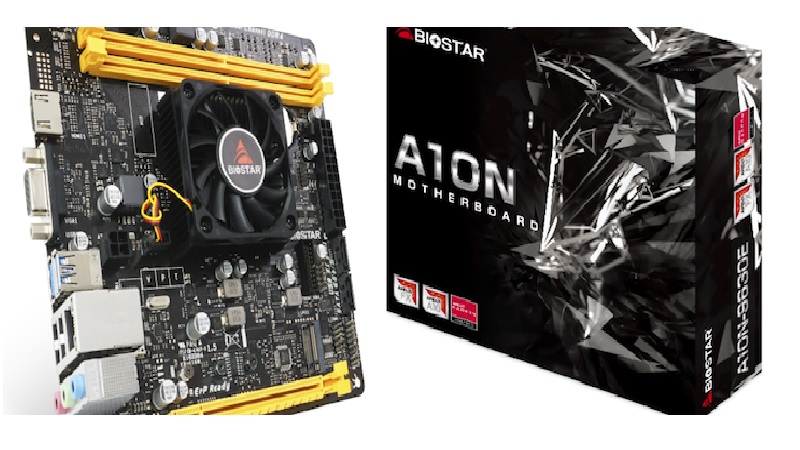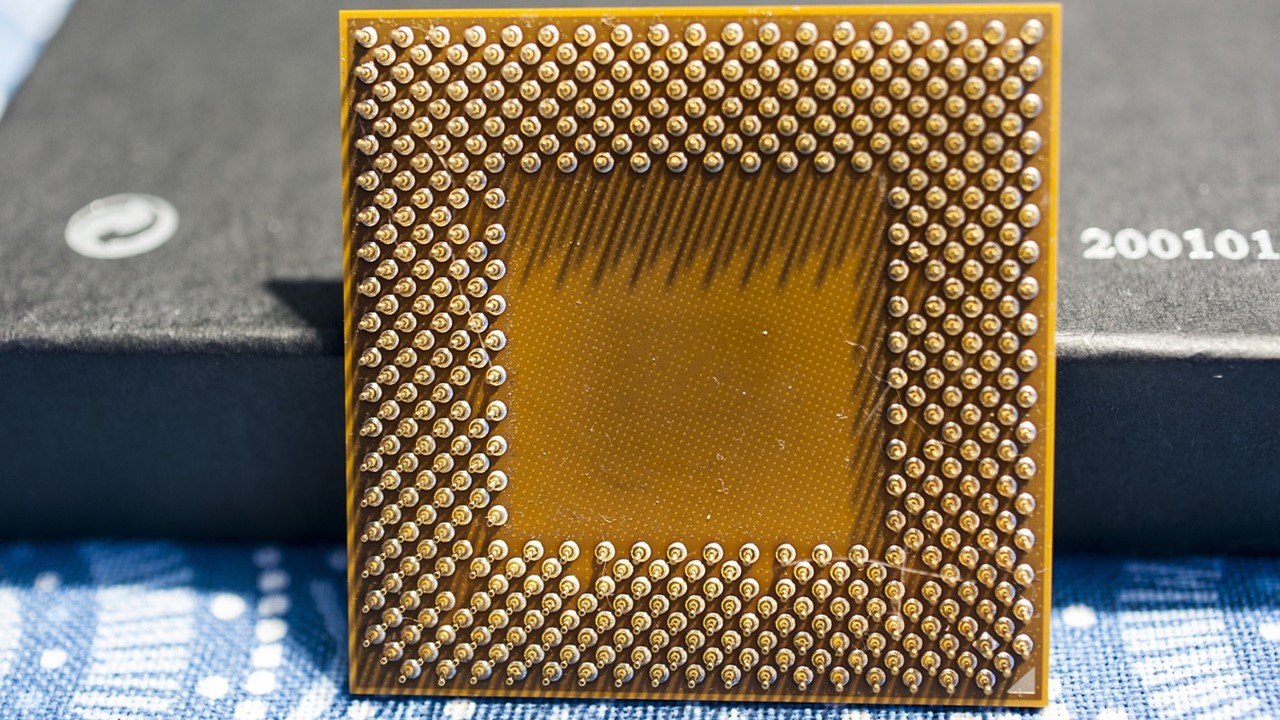In This Article
What is Excavator Processor?
AMD Excavator processors belong to the Family 15h desktop CPU line, and according to a statement from AMD, it also signifies the code name of the 4th generation cores designed on the Bulldozer microarchitecture, named Carrizo, Bristol Ridge, and Stoney Ridge.
These CPUs are built using the 28 nm manufacturing process and different sockets such as FM2+, AM4, and FP3 for different chips.
Designed and developed by AMD, technically, the processors come with high density or thin libraries that increase energy efficiency and instructions per clock cycle.
KEY TAKEAWAYS
- The AMD Excavator processors come with the 4th generation cores designed on the Bulldozer microarchitecture.
- These processors are manufactured on the 28 nm fabrication process, with different sockets for different models of the chips such as FM2+, AM4, and FP3.
- The use of high density libraries in the architecture of the Excavator chips makes them more energy efficient and capable of handling more instructions per clock.
- First launched on October 2, 2015, the 4th generation Excavator Family 15h processors are the successors to the 3rd generation Steamroller processors and predecessors of Zen.
- The Excavator processors are available in different models and variants with the core names Carrizo, Bristol Ridge, and Stoney Ridge.
Understanding Excavator Processor

The Excavator processors are developed by AMD and are the successors to the Steamroller Family 15h processors and the predecessors of the x86-64 Zen architecture.
Built on an improved Bulldozer microarchitecture, these chips are designed to be used as normal CPUs and also as Accelerated Processing Unit (APU) processors.
First released on October 12, 2011, these processors are deemed by AMD to be the 4th generation Family 15h desktop processors derived from Bulldozer cores.
Talking about cores, there are different core names for these processors such as:
- Carrizo, belonging to the A8 family, which has an operational frequency of 3400 MHz
- Bristol Ridge, belonging to the A6 family, which has an operational frequency of 1800 MHz and
- Stoney Ridge, belonging to the A4 family, which has an operational frequency of 1600 MHz.
Different models of the Excavator processors come with different socket types based on the cores such as:
- The ones with Carrizo cores are built with FM2+ type of sockets
- The CPUs with Bristol Ridge cores are built with AM4 type of sockets.
Other models use the FP3 (µBGA) type of socket.
The foundational Bulldozer microarchitecture of the Excavator processors is much improved to offer higher performance and energy efficiency with the following:
- A set of high density libraries
- An improved set of metal stacks
- An increased on-chip analysis which helps in saving
- A power window ranging between 15 watts and 35 watts
- More power planes to allow better control and power management.
In fact, the improved microarchitecture of the Excavator chips has everything in between to make it more powerful and efficient.
The improved architecture of the Excavator processors also included additional hardware support for new sets of instructions as follows:
- AVX2, or Advanced Vector Extensions 2
- BMI2, or Bit Manipulation Instructions 2
- RDRAND, or Read Random
In fact, the better design of the Excavator CPUs increases energy efficiency by 30% and gives it the power to process more Instructions per Cycle (IPC) by up to 15% with respect to the previous CPU from AMD, the Steamroller.
AMD also released the APUs based on the Excavator in 2015, called the Carrizo. These were meant to be used for mainstream applications.
These APUs are designed to be Heterogeneous System Architecture or HSA 1.0 compliant.
Later on, AMD went on to produce and release other variants of CPUs and APUs based on Excavator, called Toronto, targeting the enterprise and server markets.
However, typically, the Excavator family of processors is considered to be the ultimate revision of the Bulldozer.
The Excavator was succeeded about a year later, in early 2017, by two new microarchitectures.

General Specifications and Information
Here are some other important aspects of the Excavator CPUs, summarized for you:
- The processors are built on the 28 nm bulk silicon technology node (GF28A).
- These CPUs support AMD64 (x86-64) Instruction Set Architecture (ISA).
Ideally, the AMD Excavator processor, based on the evolved microarchitecture of Bulldozer, is cheap and efficient and perhaps one of the best entry-level solutions that can compete against the low-end CPUs from Intel, including the Atom-class CPUs.
Conclusion
The Excavator processors, as you can see, are designed by AMD to offer the users significant performance benefits with improved energy efficiency and higher throughput.
The architecture of these processors is considered to be the height of the Bulldozer microarchitecture, which is the basis of their build and cores.